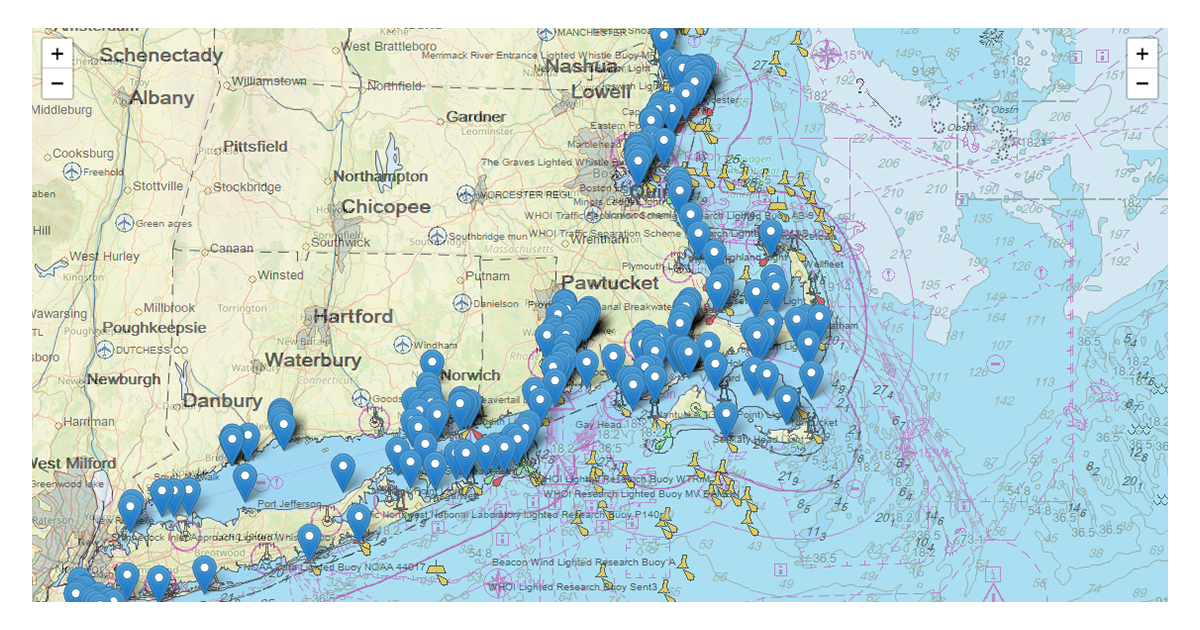The USCG is considering the removal of a large number of navigational aids in the NE and perhaps other sectors. The link below shows the ATONs targeted for removal in District 1, Northeast US. The CG is soliciting feedback on their removal, the details are on the web page linked below.
Other CG districts may also be affected. I did not search for all possibilities. If you find your district or other districts have targeted ATONs for removal please share the links.
Finally, as a gentle reminder this is a sailing forum, not a political forum. The issue is whether some or all of the targeted ATONs should be removed and the effect on safe navigation, not the politics surrounding their removal.

 uscg-marker-removals.webflow.io
uscg-marker-removals.webflow.io
Other CG districts may also be affected. I did not search for all possibilities. If you find your district or other districts have targeted ATONs for removal please share the links.
Finally, as a gentle reminder this is a sailing forum, not a political forum. The issue is whether some or all of the targeted ATONs should be removed and the effect on safe navigation, not the politics surrounding their removal.

USCG District 1 Navigation Beacon Removal Interactive Map
Explore an interactive map of proposed U.S. Coast Guard navigational marker removals for District 1. View approximate locations, learn about the changes, and find out how to submit public comments. Not for navigation.

